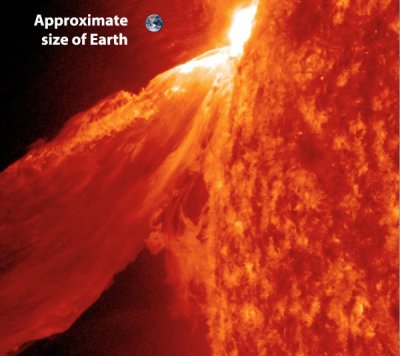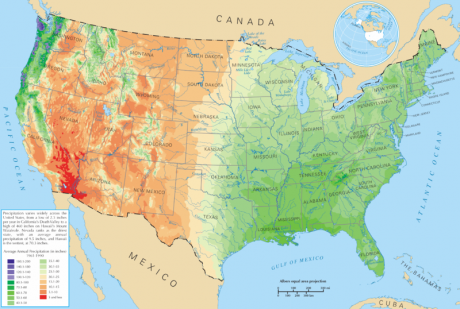If you haven’t heard of the Carrington Event, the short explanation is this – a solar storm in 1859 knocked out the telegraph system, and if it happened today you could expect electric grids to fail and take years to repair. That would be a first world doomsday.

The Carrington Event pretty much occurred when scientists first began to study the Sun. Because another storm of that size hasn’t hit us since, scientists tend to be a bit vague about when to expect another.
However there have been similar storms that didn’t hit us – we just happened to be in the wrong place. Regardless of what you call it – Coronal Mass Ejection, Massive Solar Storm, Solar Flare – a key factor is that it is directional. Like someone on the Sun wielding a giant flashlight that they randomly aim out into space every now and then. The beam is much wider than Earth…
Major solar storms have happened in recent times that, had they struck Earth, could have been catastrophic. Example:
Massive bursts of solar wind and magnetic fields, shot into space on July 23, 2012, would have been aimed directly at Earth if they had happened nine days earlier. The bursts would have wreaked havoc on the Earth’s magnetic field, matching the severity of the 1859 Carrington event. [Reuters]
And in historical times there was what looks like a far larger solar storm, with enough energy to strip our ozone layer:
What Miyake found was a startling spike in carbon-14 levels around
the year AD 775. In other words, a radiation storm – and a big one at
that.
It is at least 20 times bigger than the biggest solar
storm ever recorded, by English astronomer Richard Carrington in
1859. “We can absolutely say that what happened then was bigger than
Carrington,” says Usoskin. It is also 100 times bigger than any flare
in the last century, according to David Eichler, a physicist from
Ben-Gurion University of the Negev in Israel.
There were no matching supernova remnants, so the scientists looked to our Sun as the culprit. This possible description of aurorae from that period is a good match for collaborating evidence:
“Fiery and fearful signs were seen in the heavens after sunset; and serpents
appeared in Sussex, as if they were sprung out of the ground, to the
astonishment of all,”
The Sun may have had some help in the flare formation:
Eichler estimates that to spark a superflare, a comet the size of Hale-Bopp, which reappeared in the sky in 1997 and is estimated to be between 40 and 80 kilometres across, would be needed [to crash into the Sun]. [New Scientist]
If it was caused by a cometary collision, we will hopefully be well-warned before the next one. But if it was a random super-massive solar storm, the fore-warnings will be brief or non-existent.
We have been uniquely vulnerable (especially in modern societies) for a relatively short period. But our reliance on electronics is getting to a point where a solar storm bringing us to our knees is looking inevitable. Not a matter of if, but when.






